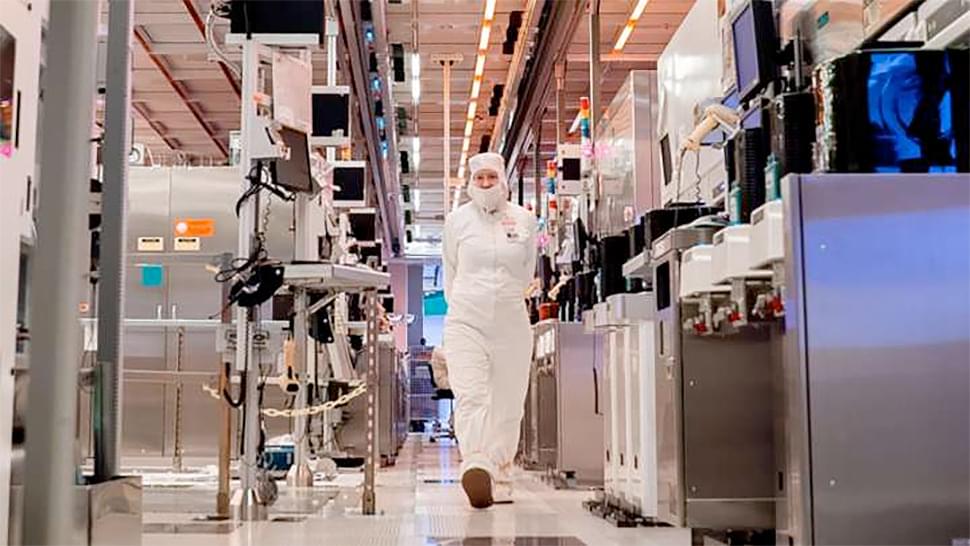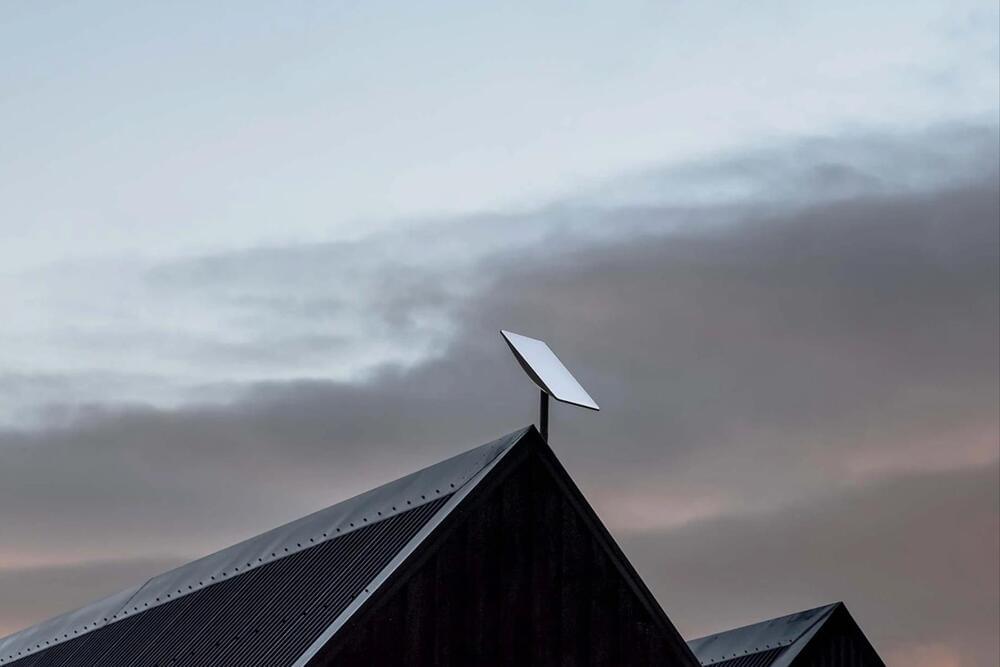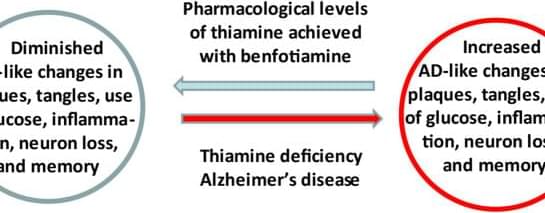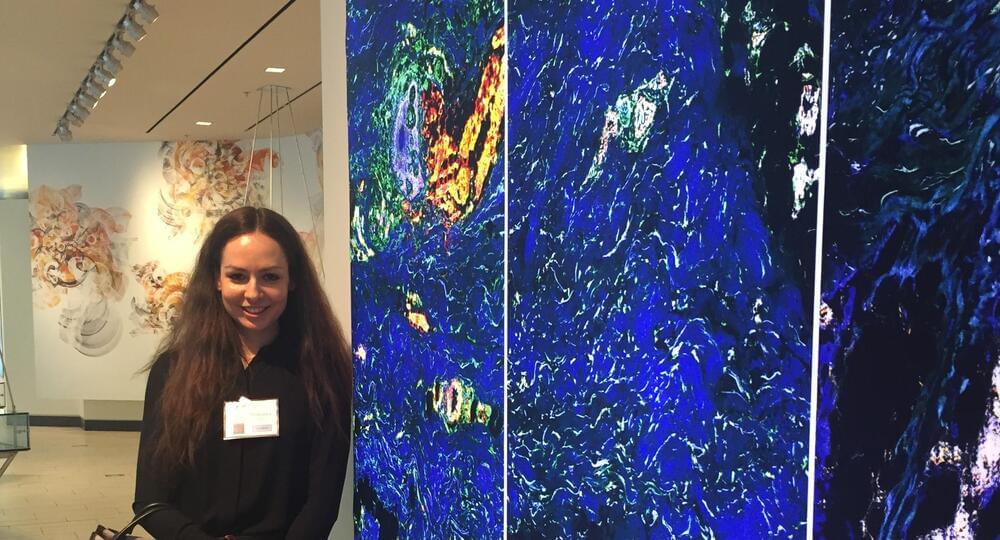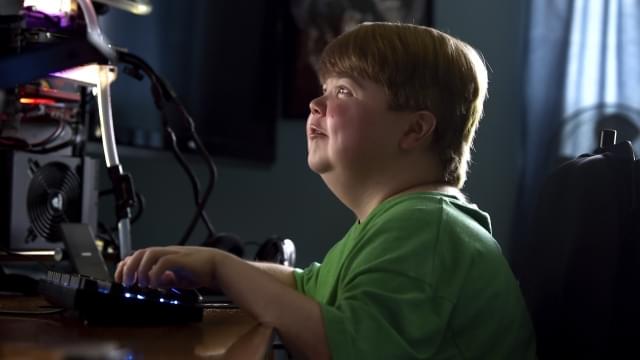When Intel established its Intel Foundry Services division in early 2021, it was clear that it needed the contract chipmaking unit to be on par with Samsung and Taiwan Semiconductor Manufacturing Co. in terms of scale as fabs and production nodes are getting costlier. The goal was ambitious from the start, and it looks like the company intends to be rather aggressive too as it plans to become the second largest foundry by 2030.
“Our ambition is to be the No. 2 foundry in the world by the end of the decade, and [we] expect to generate leading foundry margins,” said Randhir Thakur, the president of Intel Foundry Services, in an interview with Nikkei Asia.
